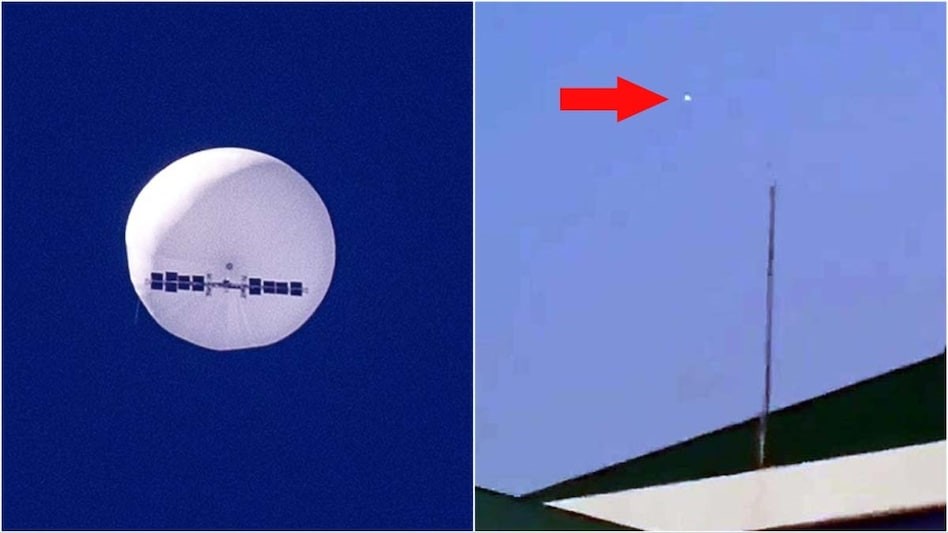Description

Disclaimer: Copyright infringement not intended.
Context
- The Indian Air Force scrambled two Rafale fighter jets to search for an ‘unidentified flying object’ (UFO) after receiving information of its sighting near Imphal airport.
- The Eastern Command of the Indian Air Force said that it has activated its Air Defence response mechanism and further identification efforts underway.
Details
What Defines UFOs
- Definition: UFOs refer to aerial phenomena that observers cannot readily identify.
- Origin of the Term: Coined by the US Air Force in 1952, initially used to describe unidentifiable objects under investigation.
- Evolved Usage: Now commonly employed to denote any unidentified flying object.
- Early Accounts: Reports of unidentified aerial phenomena date back centuries, with ancient texts and historical records documenting inexplicable aerial sightings.
- Modern Era: The modern UFO era began in the late 1940s, sparked by pilot Kenneth Arnold's sighting of nine mysterious objects near Mount Rainier, Washington, in 1947, leading to widespread public interest.
Explanations and Theories
- Natural Phenomena: Many UFO sightings have been attributed to natural phenomena such as weather balloons, meteorological events, or optical illusions.
- Man-Made Objects: Military aircraft, experimental vehicles, or drones have often been mistaken for UFOs, contributing to sightings.
- Extraterrestrial Hypothesis: Some enthusiasts and researchers believe that UFOs represent evidence of alien visitation to Earth, citing witness testimonies and unexplained sightings.

Global Interest and Government Involvement
- US Attention: The US government and society have shown significant interest in UFO phenomena, investigating numerous sightings.
- Project Blue Book: An initiative from 1952 to 1969 documented thousands of sightings, categorizing only a small percentage as "unidentified."
Recent Developments and Reports
- Government Reports: Recent US government statements acknowledge encounters with unidentified aerial phenomena, citing limited conclusive data.
- Patterns and Locations: Sightings often align with US training and testing areas, raising national security concerns.
Cultural Impact and Historical Context
- Post-World War II Context: Heightened interest arose during the Cold War era, driven by technological advancements and perceived threats.
- Pop Culture Influence: Films and literature, including Satyajit Ray's scripts, contributed to the cultural depiction of aliens and UFOs in India.
UFOs in India
- Cultural Depictions: Not as pervasive as in Western cultures, UFO sightings have increased in India with the advent of technology.
- Satyajit Ray's Legacy: Ray's scripts, like "The Alien" and "Bonkubabur Bondhu," explored other-worldly beings and influenced Hollywood.
Transition to UAPs
- UAP Terminology: "Unidentified Aerial Phenomenon" (UAP) is a newer, broader term replacing UFO to avoid speculative associations.
- Scientific Scrutiny: NASA and the Pentagon aim to study UAPs scientifically, emphasizing the need for better data and diagnostic tools.

Conclusion
The allure of UFOs persists, captivating minds worldwide and driving scientific curiosity. While UFO sightings may not universally imply extraterrestrial contact, the cultural impact, government interest, and recent scientific approaches underscore the ongoing fascination and pursuit of answers regarding these unidentified aerial phenomena.
|
PRACTICE QUESTION
Q. Discuss the evolution of the term 'Unidentified Aerial Phenomena' (UAP) and its implications in the context of global scientific exploration and national security. Analyze the shift from 'UFOs' to 'UAPs' and the efforts made by scientific bodies and government agencies to study and understand these phenomena. (250 Words)
|











